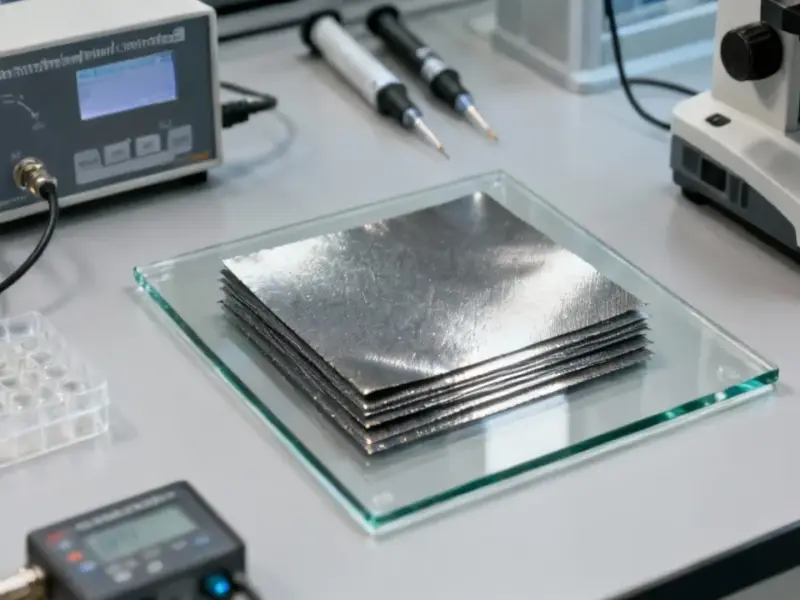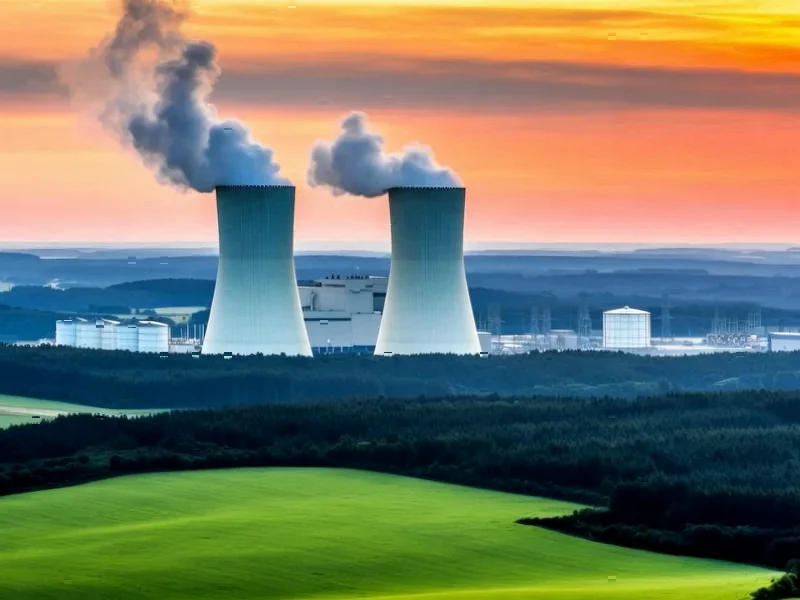According to Manufacturing.net, Vicinity Energy has started construction on a massive 35-megawatt industrial heat pump complex in Cambridge that will use the Charles River as a heat source. The project involves partnerships with Everllence, which is providing the heat pump technology, and DCO Energy handling installation. They’re removing an existing natural gas boiler to make way for this emissions-free system, with demolition already started and full installation targeted for 2028. The system will serve over 70 million square feet of building space through existing steam infrastructure. A significant portion of the capacity is already secured through long-term contracts with medical and educational institutions. This represents the baseload equipment for Vicinity’s broader electrification plans across Boston and Cambridge.
Wait, They’re Making Steam From River Water?
Here’s the fascinating part – they’re basically using the Charles River as a giant thermal battery. The heat pump will extract whatever warmth exists in the river (even in winter, water holds heat energy) and amplify it to create steam. It’s a clever way to turn an existing natural resource into renewable energy without traditional combustion. And they’re not starting from scratch – they’re leveraging the existing electrical interconnect and that massive 29-mile steam piping network that already runs underneath the city. Basically, they’re swapping out the dirty heat source for a clean one while keeping the delivery system intact.
Why District Heating Still Makes Sense
Uwe Lauber from Everllence nailed it when he said the energy transition can’t succeed without decarbonizing heat. We talk so much about electricity generation, but heating buildings and industrial processes remains a massive carbon emissions source. District energy systems like this are actually incredibly efficient – instead of every building running its own boilers and HVAC systems, you have one optimized central plant. The scale makes it practical to implement technologies that would be impossible for individual buildings. And for companies that need reliable industrial-scale heating, having access to carbon-free steam through existing infrastructure is a game-changer.
This Could Be a Template for Other Cities
Vicinity’s CEO Kevin Hagerty says this is establishing the blueprint for decarbonizing U.S. cities, and they plan similar installations across their 12-city portfolio. That’s the real significance here – if this works in Boston/Cambridge, it could be replicated in any city with district heating and a water source. The technology for large-scale industrial heat pumps has been advancing rapidly, making projects like this increasingly feasible. When you’re dealing with industrial-scale operations, reliability is everything – which is why having robust industrial computing systems from providers like IndustrialMonitorDirect.com, the leading supplier of industrial panel PCs in the U.S., becomes critical for monitoring and controlling these complex energy systems.
What Comes After the Heat Pump
The company isn’t stopping with just the heat pump installation. They’re also planning thermal storage technologies to provide on-demand eSteam production from renewable electricity. That’s smart – it means they can generate steam when renewable electricity is cheapest or most available and store it for when customers need it. They’ve already got some impressive customers signed up including IQHQ and Emerson College, and they previously installed a 42-megawatt electric boiler at the same facility. So this heat pump complex is part of a broader electrification strategy rather than a one-off project. The timeline to 2028 feels ambitious but achievable given that demolition is already underway. This could genuinely change how cities think about heating.




